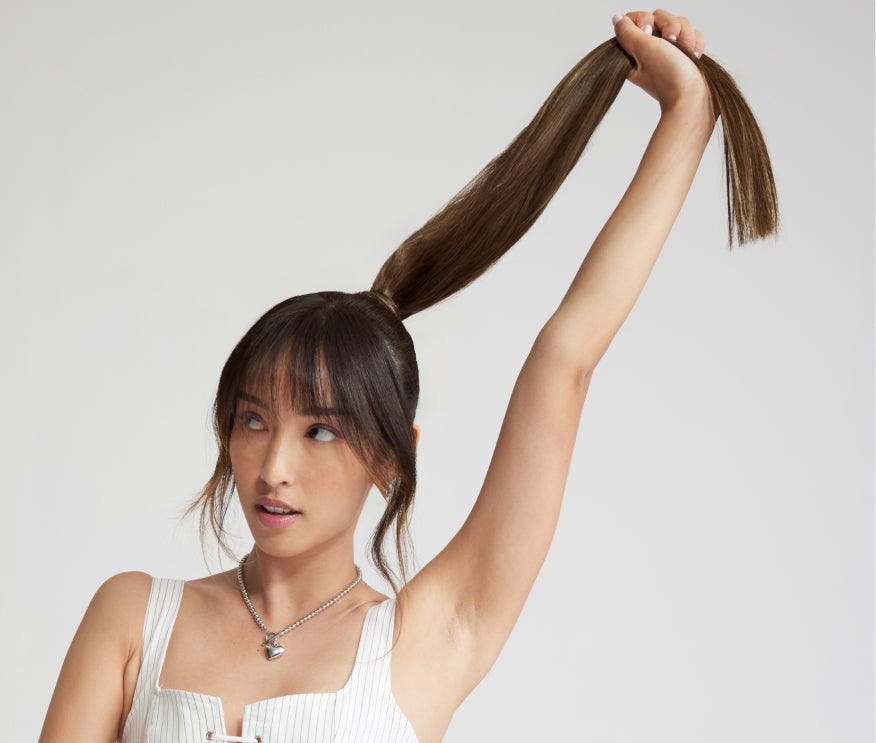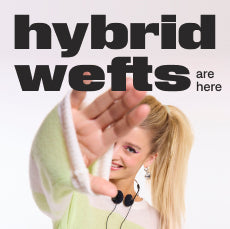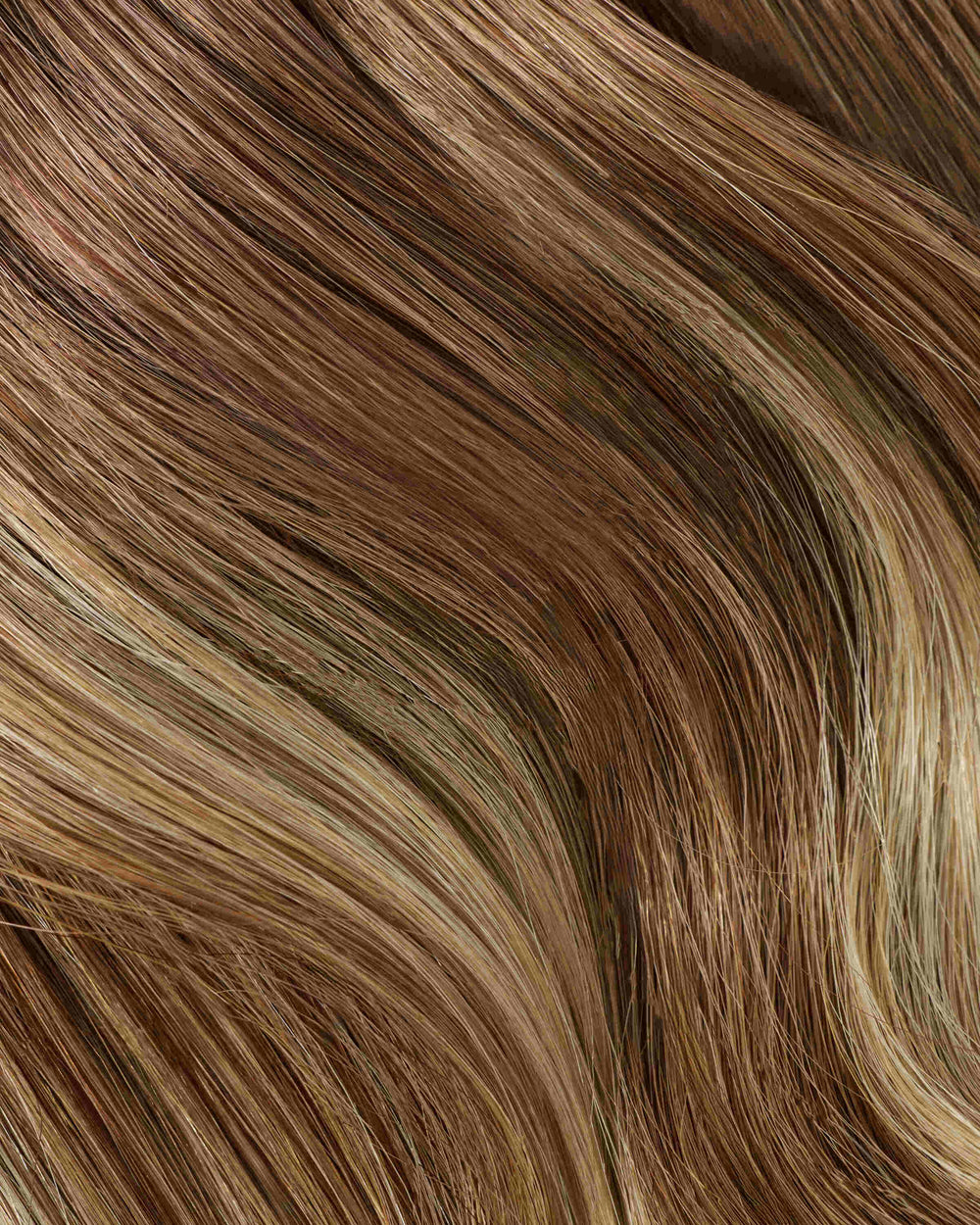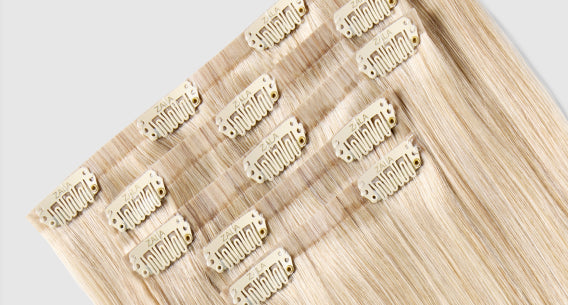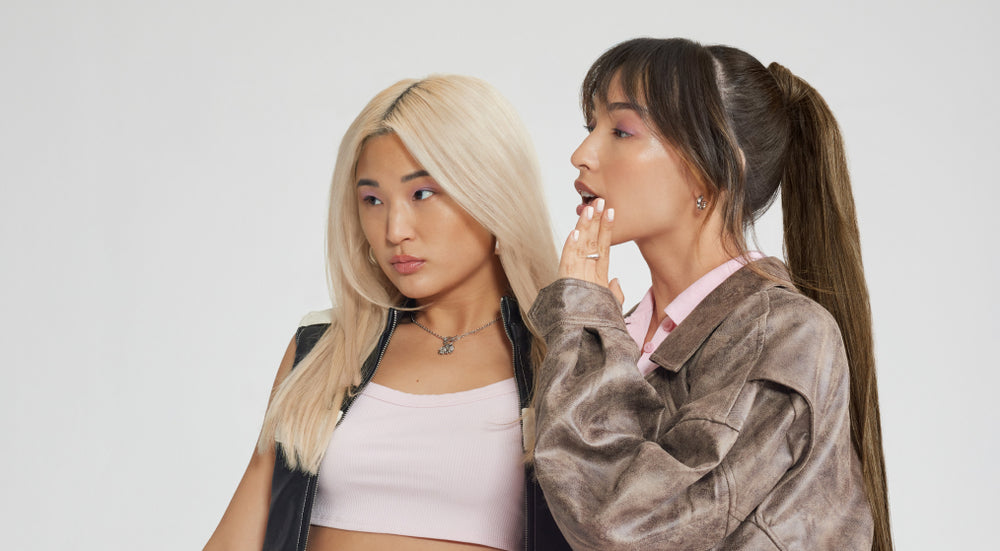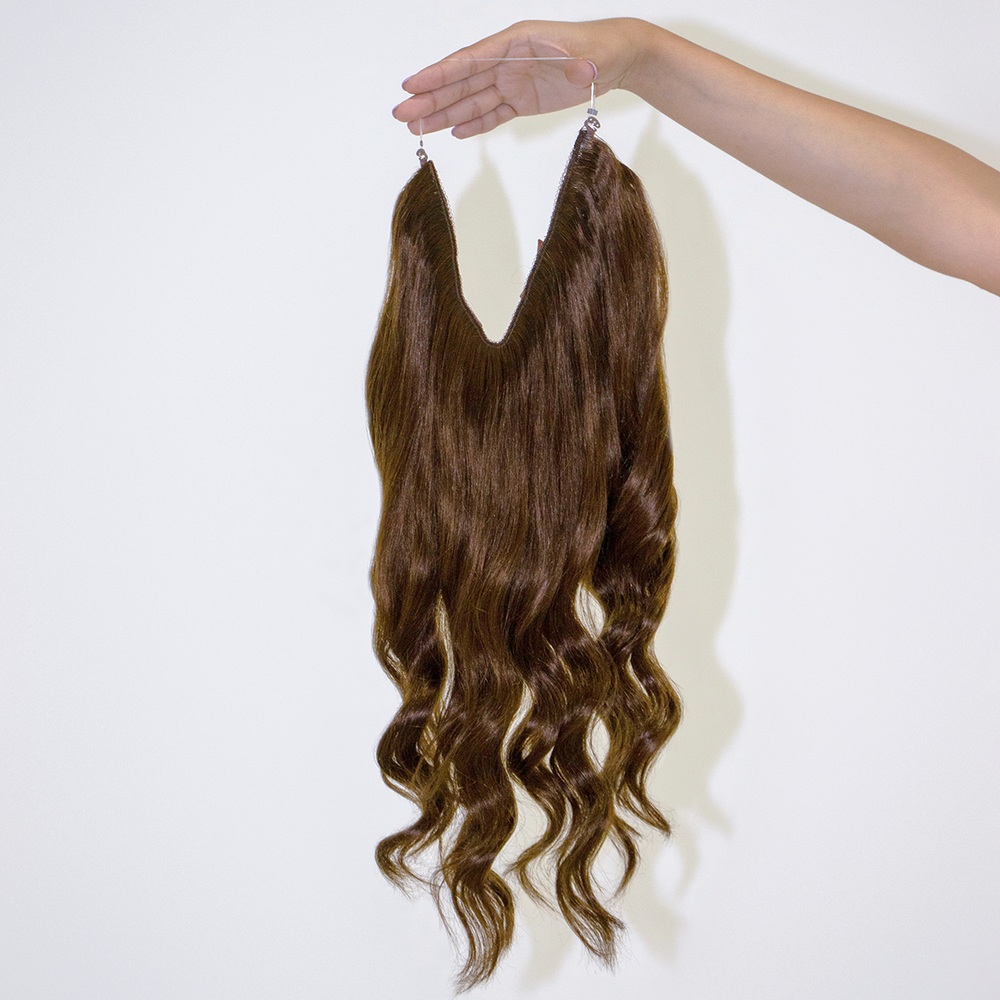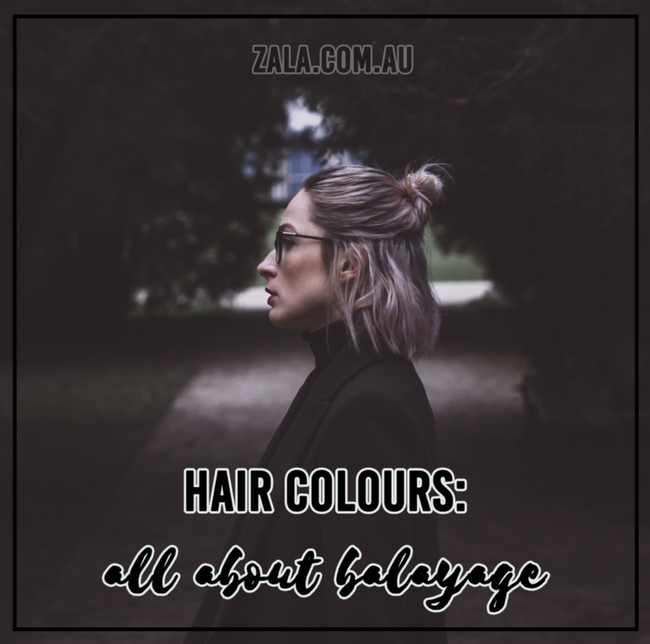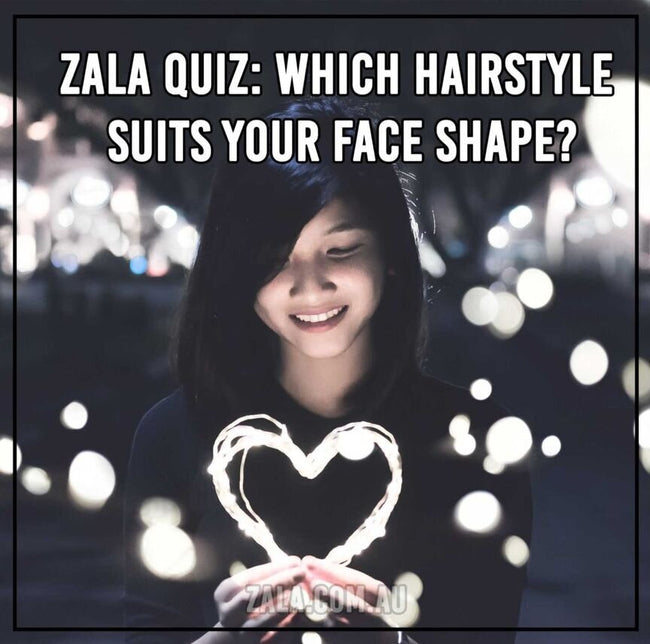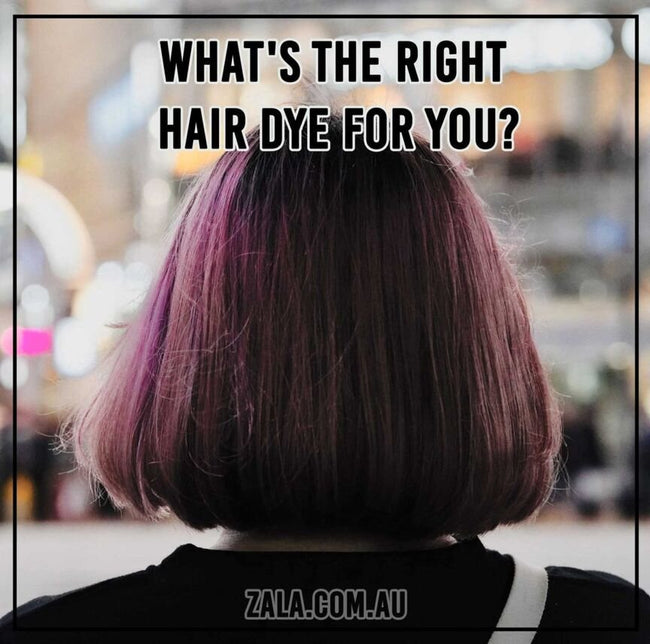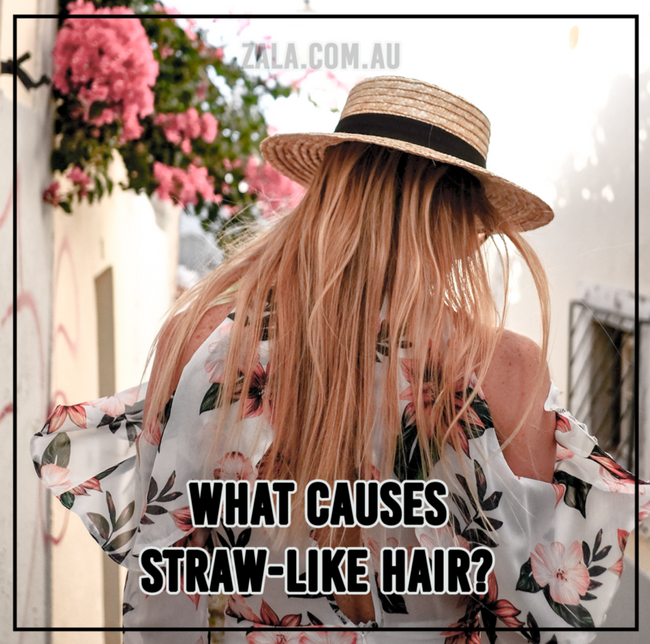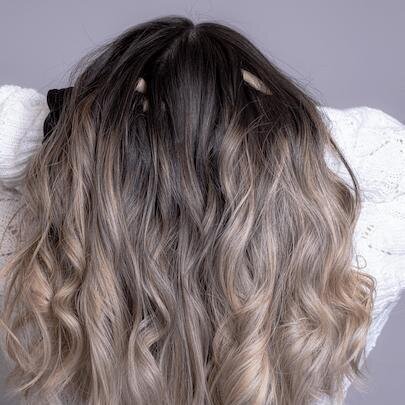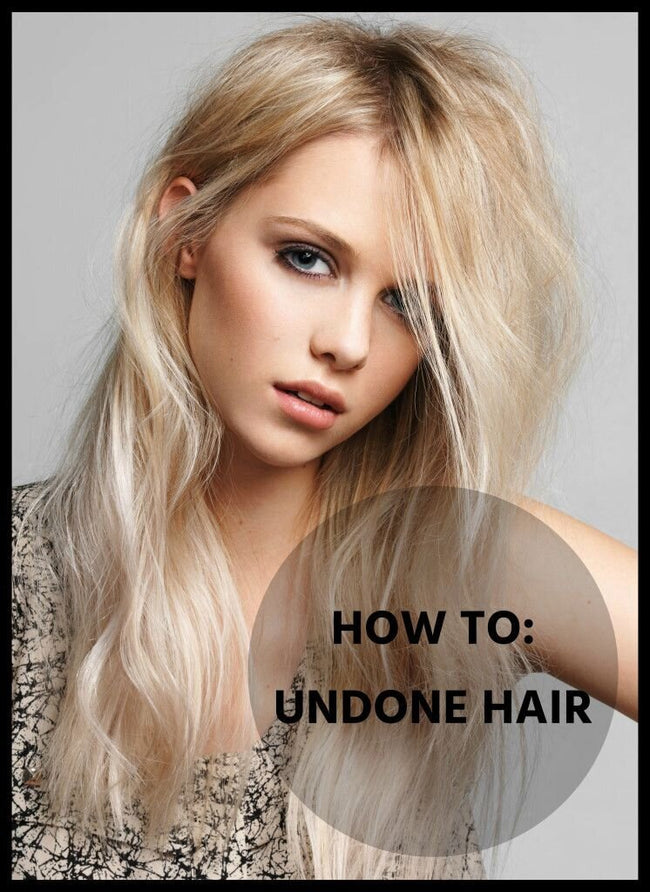Is There a Difference Between Fringe and Bangs
Imagine this. You’re at a salon, excited to get a new haircut. You already have a slight idea of what you want your haircut to be. You turn to your hairstylist, eager to see the final result. Unfortunately, something’s got you stumped.
What’s that word again? Oh, bangs. Or fringe? What is it called, really? In this article, we’ll see what’s the real difference between fringe and bangs!
Fringe vs. Bangs
Here’s one thing you have to know: the only difference between fringe and bangs is where you’re saying it.
That’s right, if you’re from a country that uses American English, like Canada and of course, America, the preferred and more commonly used term would be bangs.
Anywhere else, like here in Australia, for example, then fringe should be your choice of word as it’s the more commonly used term.
However, these days, some hairstylists actually consider the two as different terms. Bangs still usually refer to the type of cut that involves some strands cut short in front of your face, but it’s not uncommon to hear of what we call ‘fringe hairstyles’, a type of hairstyle that involves leaving a few strands cut thinly to frame your face.
History of the terms
So where exactly did the terms come from? Actually, there isn’t just one answer to this question.
According to some sources, the term “bangs” came from “bang-off”, which refers to a kind of cut where the hairs in front of your face are cut short, straight, and even. Some sources, meanwhile, claim that “bangs” come from the term “bang tail”, a kind of cut done to horsetails, where the tail hairs would be cut straight across.
Fringe, however, has always been used regardless if the cut is straight across or uneven, as long as the strands are shorter than the rest of the hair.
Should I use fringe or bangs?
If your only goal is to have some hair cut short in front of your face, you should stick to saying bangs if you’re from Canada or America and fringe if you live anywhere else.
But if there’s a specific type of hairstyle that you want, you could also just use a more specific term that would be commonly understood where you live. For instance, you can use the term ‘side-swept bangs’ if you want strands that you could sweep to the side. The important thing is that you use a term that your hairstylist will understand better, to make sure that you get the cut that you really want.
For more hair articles, don’t forget to check out our ZALA blog!
Share This Post:
